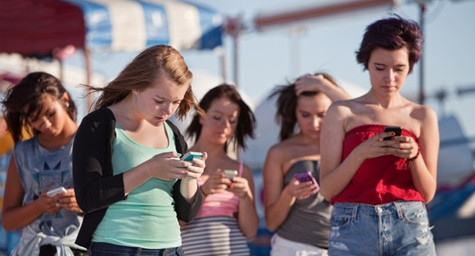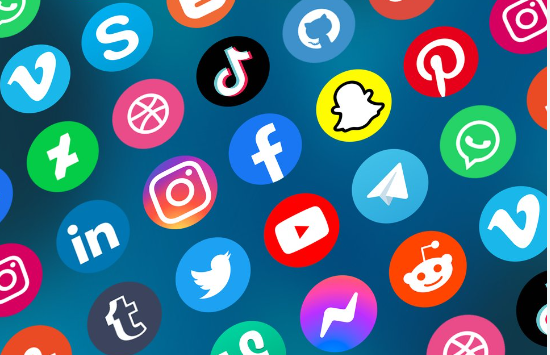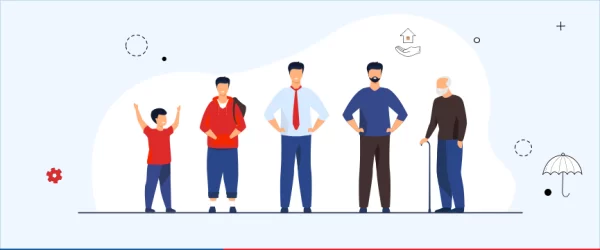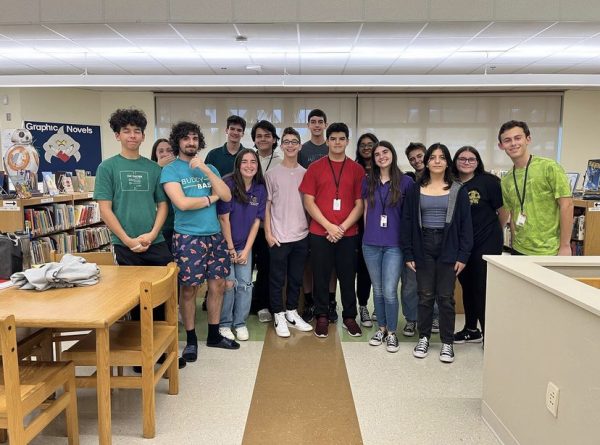Studies Indicate that Teens Spend 6.5 Hours per day on Digital Media

It is nothing new. It is something the world has become accustomed and addicted to: the use of digital media.
Many people know they spend too many hours on their technological devices. But, really just how much it adds up to may surprise many.
Teenagers spend a mind-boggling average of six and one-half hours every day using digital media. This stunning statistic is according to a study conducted by Common Sense Media, a nonprofit organization focusing on educating parents and their children on the world of technology and media. To clarify, the study does not include the time digital media is utilized by teens for any school related purposes and does not include the hours spent watching television.
“It’s just really sad that we spend almost a full school day staring at a screen preoccupying us with pointless information when we can actually be doing something adventurous and productive,” says senior Valarie Caminiti. “Our generation is too consumed with image and trends, and we should all do something different for once instead of staring at a screen. We are only young for so long.”
Half of the teens in the study reported they “often” or “sometimes” use social media while doing homework. Additionally, 60 percent of the teens reported that they text while working on homework. Surprisingly, two-thirds of those who text or watch TV while completing a homework assignment claim that it makes no difference in their performance. Furthermore, 50 percent believe they are just as effective doing homework while using social media. However, experts strongly disagree.
“Teenagers think that multitasking during homework doesn’t affect their ability to learn and … we know it does,” said James Steyer, chief executive officer and founder of Common Sense Media in an interview with CNN. Steyer alluded to studies such as one by Stanford University that discovered substantial differences in the brain’s ability to process information between intense and light media multitasking. “It’s completely obvious that you can’t multi-task and be as effective and competent,” adds Steyer.
Teenagers cannot help it. They cannot put it down. They must check it. They must constantly check Twitter to see what the people they follow are posting; check Instagram to see how many likes their photo received; and check Snapchat to see what their friends are doing.
“Social media is really distracting, and it sidetracks people way too much because of how much time is spent on it,” says senior Ana Ghislandi. “I try to put it aside when I’m doing homework, but it’s hard though since it’s so addicting, and I’m really tempted to check it and see what everyone’s up to.”
As part of a study conducted by CNN to analyze why teenagers check their social media so often, 61 percent of the 200 plus eighth graders selected nationwide checked in order to see if their posts are attracting likes and comments; 36 percent said they want to see what their friends are up to; and 21 percent answered that they wanted to ensure no one was making any rude comments on their posts.
“This is an age group that has a lot of anxiety about how they fit in, what they rank, what their peer-status is,” explained clinical psychologist Marion Underwood to CNN. “There is fear in putting yourself out there on social media, and they hope for lots of likes and comments and affirmations, but there is always the chance that someone could say something mean.”
DIGITAL INEQUALITY GAP
It is remarkable how quickly today’s world can develop new technologies. A new iPhone comes out almost every year.
However, on a more societal issue, the growth of technology at an unprecedented rate causes a significant rise in the digital inequality gap. Poor families are unable to pay for the higher tech goods. According to CNN, only 54 percent of teens from families earning less than $35,000 annually own a laptop while 92 percent of teens from families earning more than $100,000 annually have one.
“There’s an access gap, whether you like the impact of media or technology on our kids’ lives, and there are pros and cons; the truth is poor kids have far less access than wealthy kids do and that’s just wrong especially when Internet platforms and digital platforms are so key to everything from school to getting a job to connecting with other people,” said Steyer. “So closing the digital inequality gap is a huge public-policy issue.”
COMMUNICATION DEFICIENCIES
Digital media is becoming teens’ primary way to communicate with their peers, due to the extent that they express more of their emotions to someone via text than they do face-to-face. When today’s teens are face-to-face with one another, their communication skills are lower than that of the previous generation who spent more time looking at one another while communicating.
“That’s a huge issue in terms of society and human relationships and how young people are evolving in a social, emotional context,” added Steyer.














